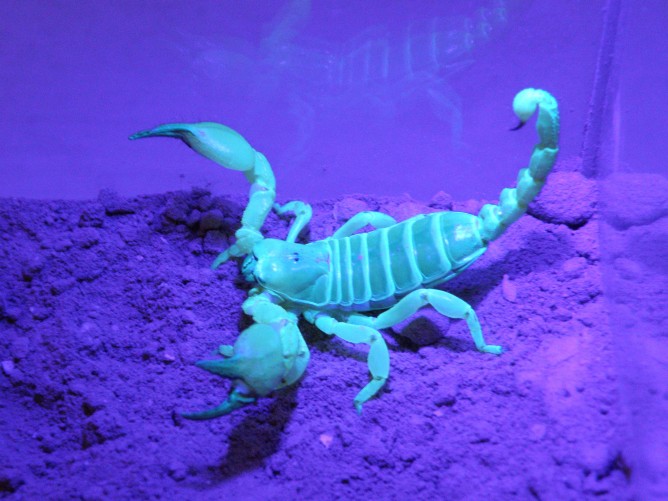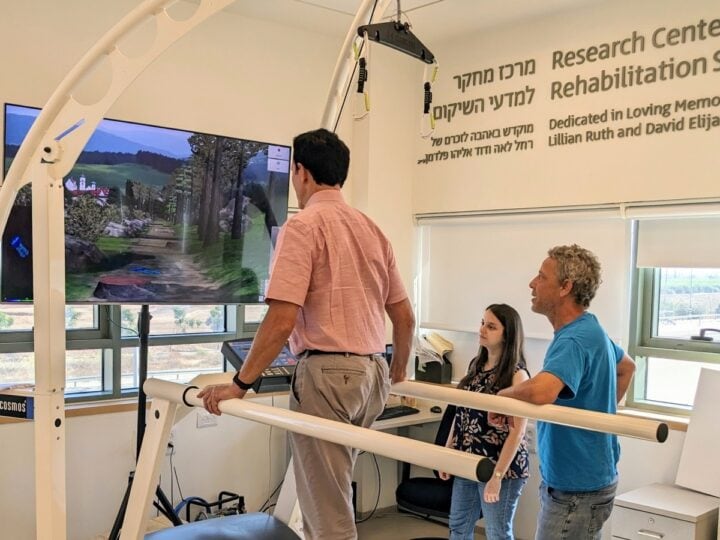
(Photo Credit: Berry Pinshow)
Ben-Gurion University of the Negev scientists Dr. Amanda Adams, a post-doc in the Marco and Louise Mitrani Department of Desert Ecology at the Jacob Blaustein Institutes for Desert Research and Professor Berry Pinshow, her adviser, found that wild Large-Clawed Scorpions (Scorpio maurus palmatus) build their burrows to meet their physiological needs and that this could predict how they’ll acclimatize to climate change.
The Israeli researchers are investigating the burrows of wild Large-Clawed Scorpions in the Negev Desert of Israel. After trapping the scorpions, they prepared replica casts of their burrows by filling them with molten aluminum. Once the casts had solidified, they were then dug out to be analyzed by a 3-D laser scanner and computer software.
The scientists found that the burrows followed a very sophisticated design. Each burrow began with a short, vertical entrance shaft that flattened out a few centimeters below the surface into a horizontal platform. The researchers believe that this provides a safe, warm place for the scorpions to increase their body temperature before they leave the burrow to forage at night. As ectothermic animals, scorpions rely on energy from the environment to regulate their internal temperature.
The burrows then turn sharply downwards, descending further below ground to form a dead-ended chamber. Being cool and humid, this chamber provides a refuge for the scorpions to rest during the heat of the day, where evaporative water loss is minimal. As the design was common to all the burrows studied, this suggests that burrow building in scorpions has evolved by natural selection to meet the animals’ physiological needs.
“Very little is known about burrow environments,” says Dr. Adams. “We plan to expand our studies to more scorpion species around the world to test how burrow structure is shaped to be part of the burrow builder’s extended physiology.”
The researchers said that in understanding the relationship between environmental conditions and burrow structures, it could help to predict how burrow-builders will respond to climate change.
Dr. Adams presented the study at the Annual Meeting of the Society for Experimental Biology in Manchester, UK.
Fighting for Israel's truth
We cover what makes life in Israel so special — it's people. A non-profit organization, ISRAEL21c's team of journalists are committed to telling stories that humanize Israelis and show their positive impact on our world. You can bring these stories to life by making a donation of $6/month.








